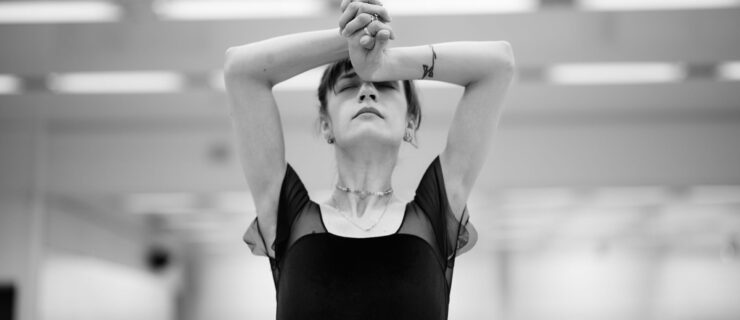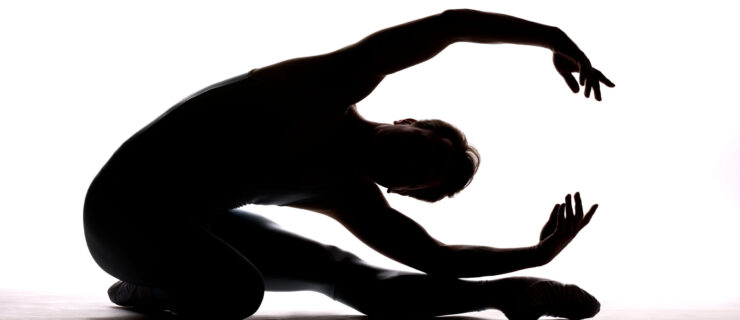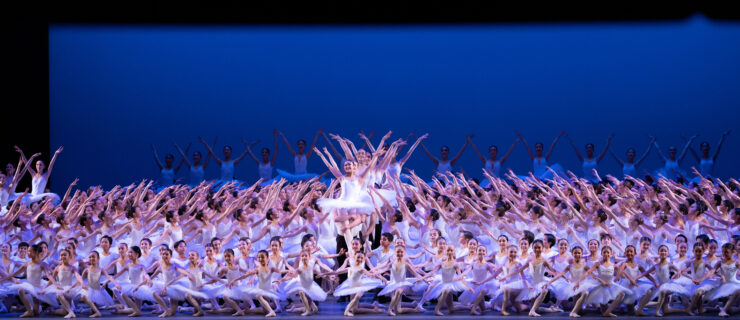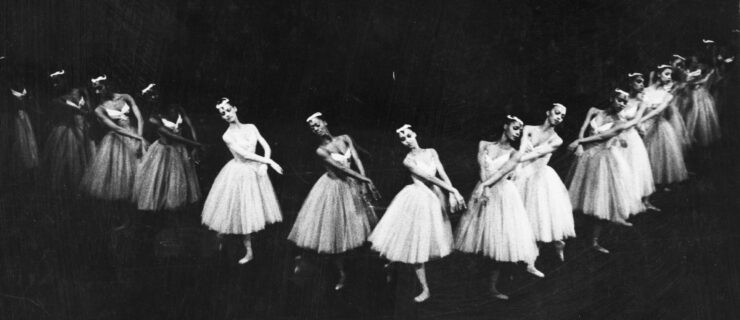At USA IBC, Students and Pros Share the Studio and Stage
On Wednesday morning at the USA International Ballet Competition in Jackson, Mississippi, dozens of dancers gathered at the Jackson Convention Complex for their morning class. The large group ranged in age from 15 to 27, a mix of highly talented teenagers and polished professionals. Unlike most other competitions that focus on young dancers, the way USA IBC structures its junior and senior categories allows for pros up to age 28 to participate, creating an interesting dynamic among competitors—and a valuable learning experience for those on the cusp of careers.
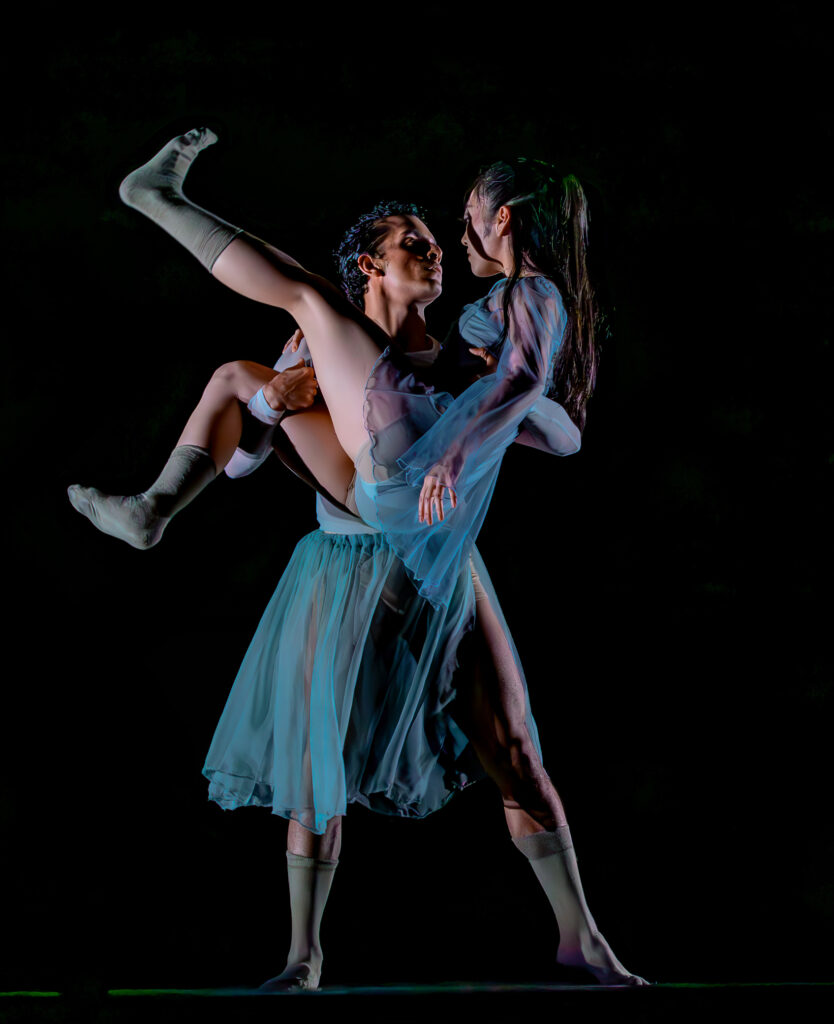
At a portable barre at the far side of the ballroom, 17-year-old Ethan Maas, a student at North Carolina’s Cary Ballet Conservatory, and 25-year-old Oklahoma City Ballet principal Alejandro González stood across from each other, sweating through the challenging combinations. For Maas, working alongside González gave him extra motivation. “I saw how he was ready, working through barre, and I wanted to match that,” he said in an interview later that afternoon.
For his part, González says the juniors, who range from 15 to 18, keep him on his toes. Many have already made a name for themselves on ballet’s competition scene. “There’s so much talent,” he says. “This generation is capable of doing things that we weren’t—jumping higher, turning faster. Some of them have huge Instagram followings.” His noncompeting partner, fellow OKCB principal Mayu Odaka, 26, agrees. “Sometimes you forget they’re high school kids,” she says. “It shows there’s always more room to grow.”
Working Smarter, Not Harder
The dancers have now been in Jackson for nearly three weeks, and it’s clear that, despite the age gaps, they’ve grown more comfortable taking class together.
For Maas, the experience has been “a game changer.” “You can just see by the way they hold themselves,” he says of the professionals. He has been particularly struck by how efficiently the adult dancers work in class. “They use their brains and muscles correctly through combinations so that they have stamina for rehearsals and performing,” says Maas. “It’s working smarter, not harder. In class I push so much, and it’s really exhausting! It’s made me think about how I could alter my energy a bit more.”
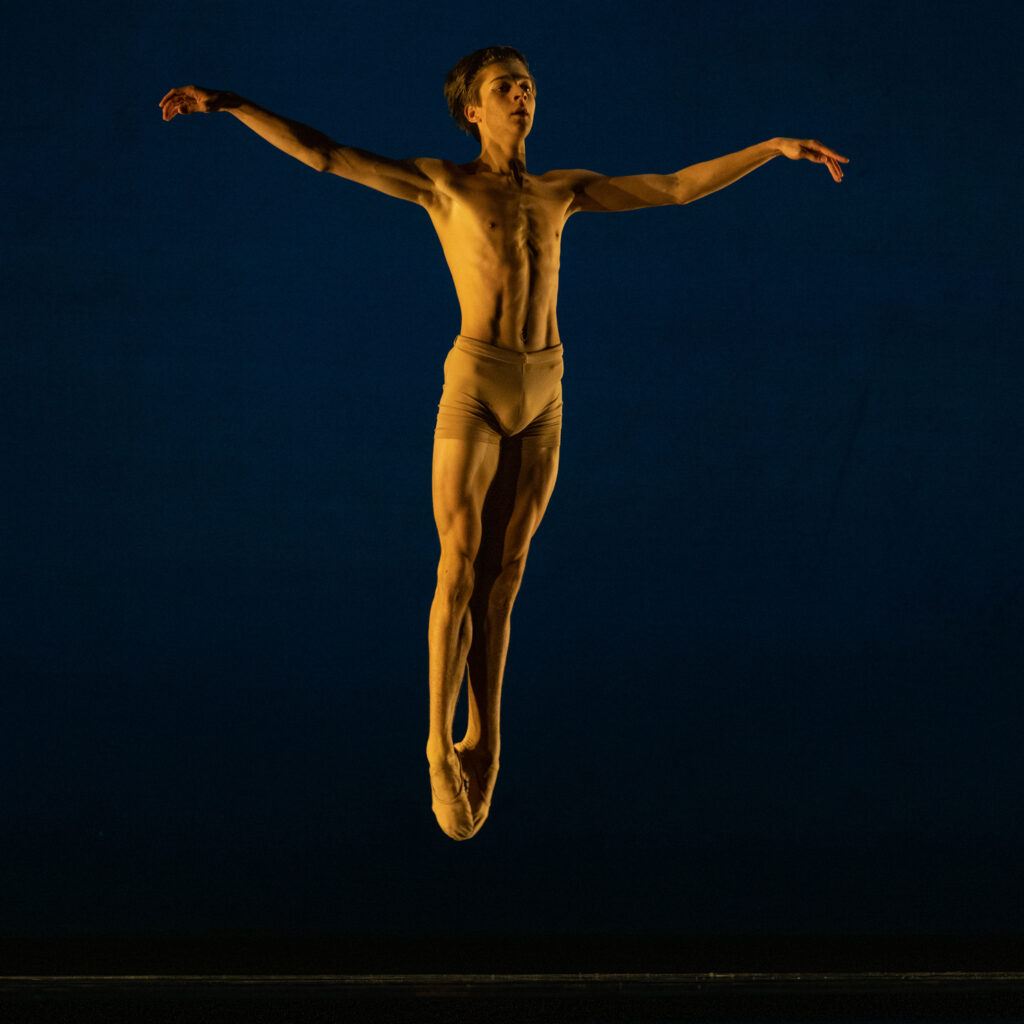
Twenty-one-year-old Grace Reid, a guest artist with Norwegian National Ballet and a graduate of Russia’s Vaganova Ballet Academy, says she often sees these striving students physically push themselves too hard. She recognizes her younger self in them, and knows the consequences; she suffered a devastating ankle injury at the Vaganova Academy that took a year to recover from. “You learn how to pace yourself as you grow older,” says Reid, who is from the UK. “And for a long competition like this where you have to always be at peak performance, I know I need to respect my body.”
Class also serves as an opportunity for the students to see professionals in a less polished state than onstage—and to realize that they’re human. “It actually gives me some relief to know that no one can be perfect,” says Maas. “You’re always going to be struggling with something and working.”
Leaning Into Artistry
The competition performances mix junior and seniors, which means they’re sharing backstage space together, too. For 17-year-old Nicole Liu, who trains at MorningStar Dance Academy of Atlanta, the experience has been “surreal.” “I’m not used to being around professionals,” she says. “You can see how much more comfortable they are onstage, while a lot of us younger dancers still get nervous and shaky.” Although she was eliminated after round one, she’s made a point to watch every session. “There are certain dancers who I watch and think, I want to be more like them.”
Maas says he notices how the senior competitors focus more on their artistry. “You can see how they really match their character onstage.”
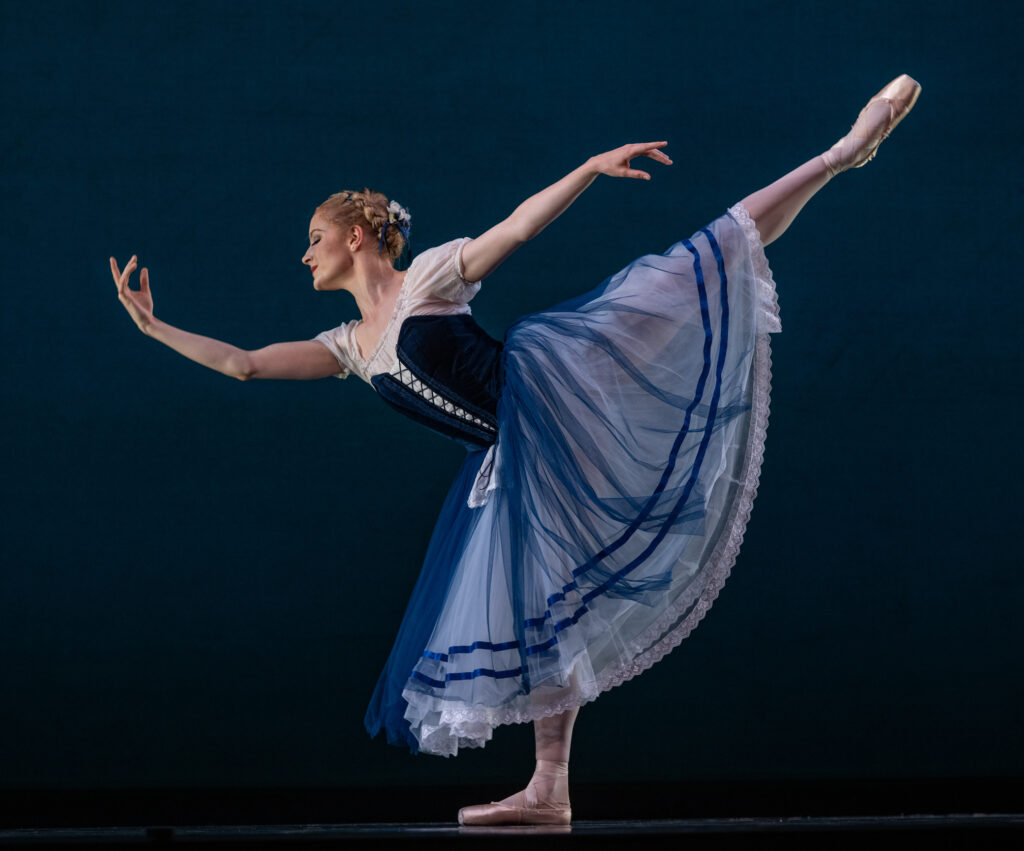
Case in point: Reid consciously chose to prepare Giselle’s variations from Act I and II to show continuity. “I don’t think of it as a variation—it’s a story. Giselle is a dream role of mine and I really wanted to sink my teeth into it,” she says. “My technique is there to serve me and the artistic choices I want to make.”
While professionals have ample opportunities to perform full-length ballets and develop their roles, González gives credit to the student competitors. “To hear your name and country called and then go onstage and be perfect and execute everything to get a high score, in the moment? That’s pretty difficult to do.”
Juniors and seniors who were eliminated from the first and second rounds could participate in choreographic workshops, giving them more chances to network and for the older dancers to give the teenagers some advice. “If you’re missing something or can’t get a combination, they’re really helpful,” says Maas.
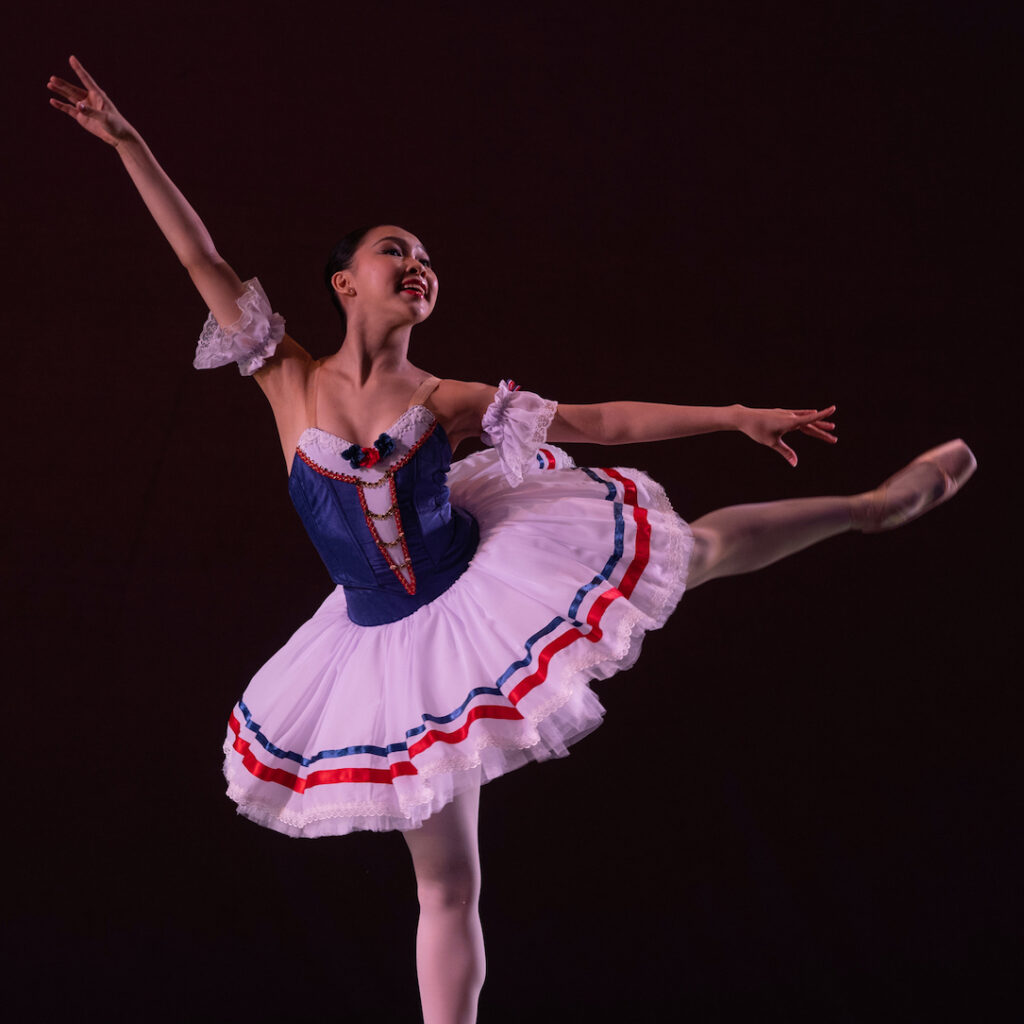
“After rehearsal one professional told me to really enjoy the stage and to perform for myself, which I thought was really nice,” says Liu. “Seeing the maturity of these older dancers has been really inspiring. It’s given me a new perspective on the world of dance.”

